The afternoon of May 1, 1866, was already tense with news of Black soldiers and Irish police fighting the night before. A street party held by Black civilians and soldiers was interrupted by four police officers sent by the city clerk in an attempt to break it up. As it often happens, things escalated into arguing between the groups thus prompting the Memphis Massacre of 1866.
What is different in this case is that a riot broke out after two officers were shot. One officer accidentally shot wounded himself in the gun battle before the riot and another was killed during the riot itself. Both of these incidents were spun to paint the Blacks of the town as the aggressors resulting in an angry mob teaming up with the police.
General Stoneman Rounds Up Black Soldiers
Dwarfed by the number of angry whites, Black veterans were picked off as they either fought back, fled, and in one instance were already under arrest.
Before becoming commander of the Department of Tennessee, Union General George Stoneman had tremendous influence in the state. He was also known to sympathize with white Southerners after the Civil War because of Republican policies he viewed as particularly harsh on the South.
When asked to take military action against the mob in Memphis, he refused and handed the situation off to Sheriff Winters to deputize others into a posse. Later in the evening, he eventually sent soldiers to patrol the city between 6 PM until as late as 11 PM.
Black soldiers who weren’t killed in that day’s riot had already returned home. Stoneman’s soldiers were ordered to round up the soldiers and bring them and their weapons back to Fort Pickering.
The Memphis Massacre
Stoneman’s actions left the Black population without its protectors and easy targets for the mob. Angry whites noticed this and descended upon Black homes. Churches and the Freedmen’s School were burned down, children were attacked, women were attacked and raped, and houses were either looted or also burned down.
The violence continued into May 2nd with there being no one to quash the rioters. Stoneman noted that Black civilians didn’t retaliate or fight with the mob and were simply trying to survive the massacre. Meanwhile, it was noted that Creighton actively told the mob to get weapons and either Blacks or run them out of Memphis.
The mob drew from every productive area of white society in Memphis. It was made up of almost 25-percent law enforcement and 10-percent firefighters. Other numbers show city officials made up under 5-percent of the mob while clerks and artisans made up 10-percent each. The largest number out of the white population of the mob were business owners at under 30-percent.
Several businesses were used as bases for the mob most notably John Pendergrast’s store. Pendergrast and John Creighton were identified as organizers of the riot.
Eventually, General Stoneman sent in troops to re-establish order on May 3rd, however, the damage was already done. Overall 46 Blacks and two whites were killed in the Memphis Massacre. Of the whites killed, one accidentally wounded himself while the other is said to have been killed by the mob.
The injuries were greater in number with 75 people wounded. Five women reported being raped by members of the mob and over a hundred people were robbed in the two days. Property damage was also rampant with 89 Black homes being burned down.
Aftermath
Local paper the Daily Avalanche spun General Stoneman’s inaction positively. It was stated that there was hope for the Southern social order to be restored. The end of that issue read:
“The chief source of all our trouble being removed, we may confidently expect a restoration of the old order of things. The negro population will now do their duty … Negro men and negro women are suddenly looking for work on country farms. Thank heaven, the white race are once more rulers in Memphis.”
Legally, no one was held responsible for the Memphis Massacre. It was decided that prosecution for riots fell into states’ hands and obviously Tennessee wasn’t going to tackle it. Congress looked into General Stoneman’s inaction during the riot but was exonerated. After moving out west, he became the head of the Department of Arizona and later, governor of California.
President Andrew Johnson, a native Tennessean saw his power weakened as a result of the riot. He had his own plan for Reconstruction—one that heavily favored the South. However, with the riot in Memphis and the one in New Orleans two months later, the heavily Republican Congress pushed forward its own approach to Reconstruction.
Riots like these two also allowed for the Republicans to take over Congress that year. This made any of their actions veto-proof. This eventually led to laws being passed—most significant the Fourteenth Amendment.
As for the victims of the Memphis Massacre, a large number of Blacks left the city. White Southerners who figured that violence would put the Blacks back in their place saw a significant reduction in the workforce. Even with the exodus from Memphis, the city continued to have a large Black population.
Black Population in Memphis Today
A Black population that was once over 20,000 in 1865 was over 412,000 in 2010. Sitting at around 63-percent of the population, Blacks have significant sway in politics and law enforcement in the city making it one of the Black meccas of the South alongside Atlanta, Baltimore, Birmingham, Dallas, Durham, Houston, and New Orleans.
REFERENCE
http://www.memphis.edu/memphis-massacre/
http://blogs.memphis.edu/memphismassacre1866/2016/03/29/black-churches-in-the-memphis-massacre/
https://en.wikipedia.org/wiki/Memphis_riots_of_1866





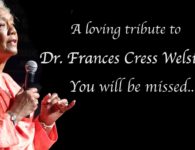
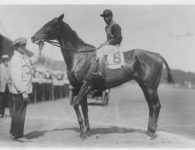
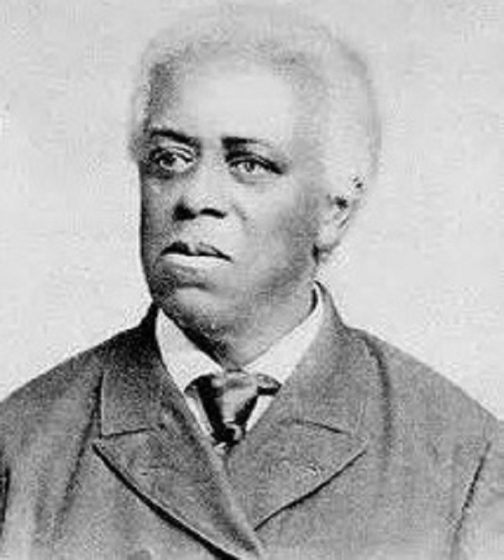
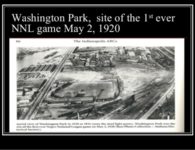
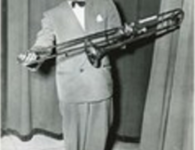
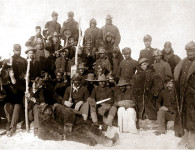


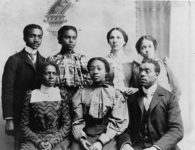
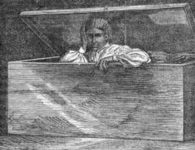
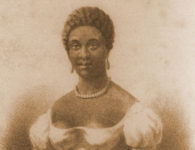
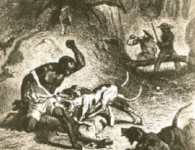

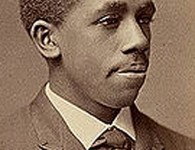


1 Comment
I like this site, some useful stuff on here : D.